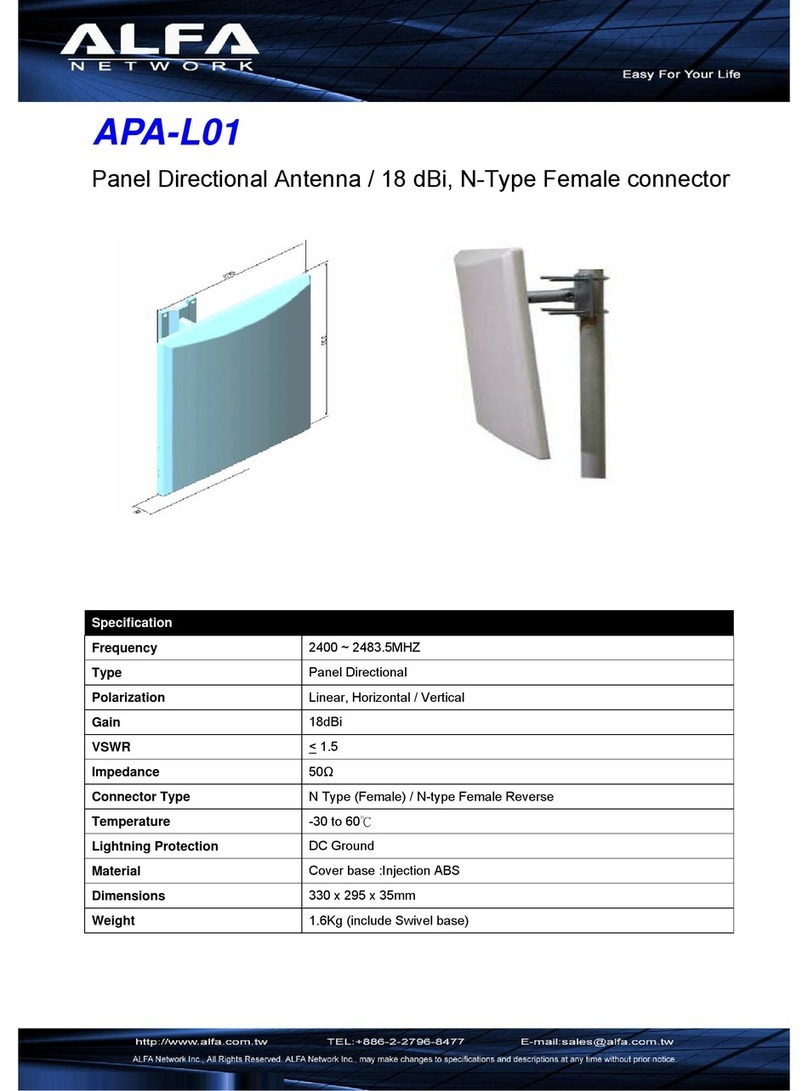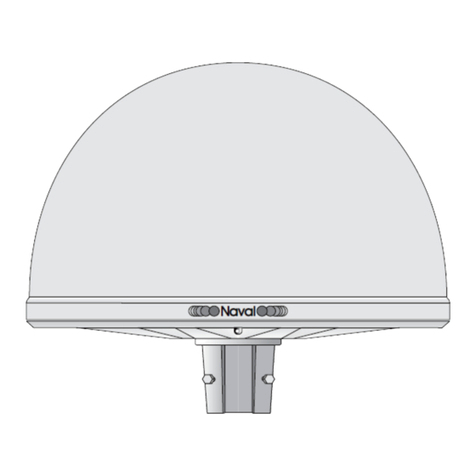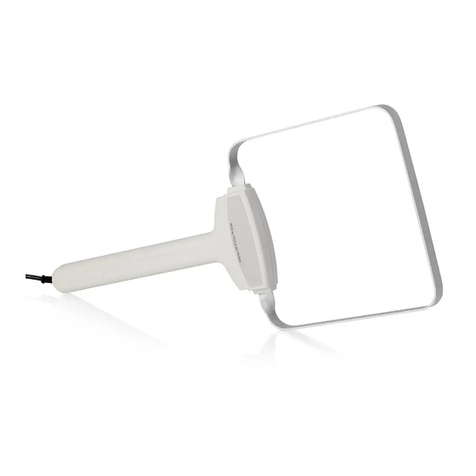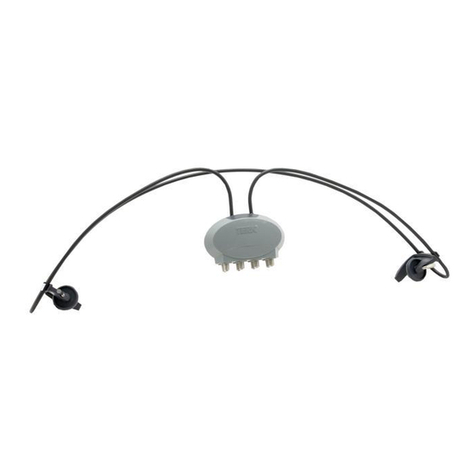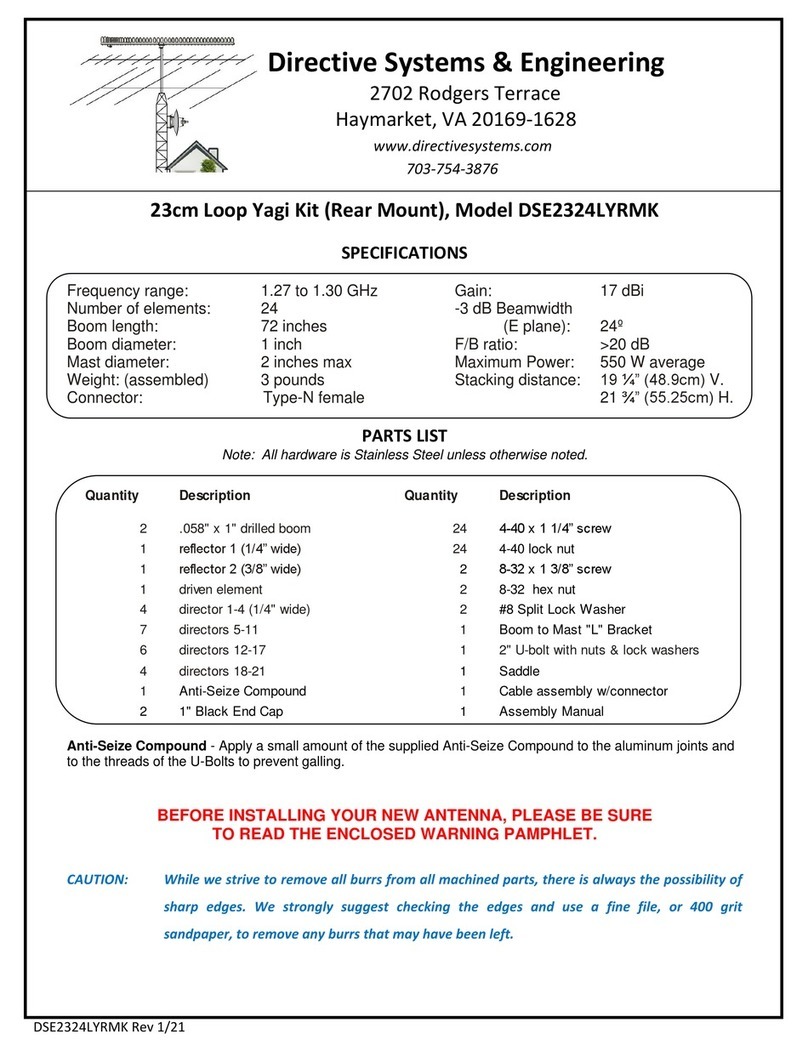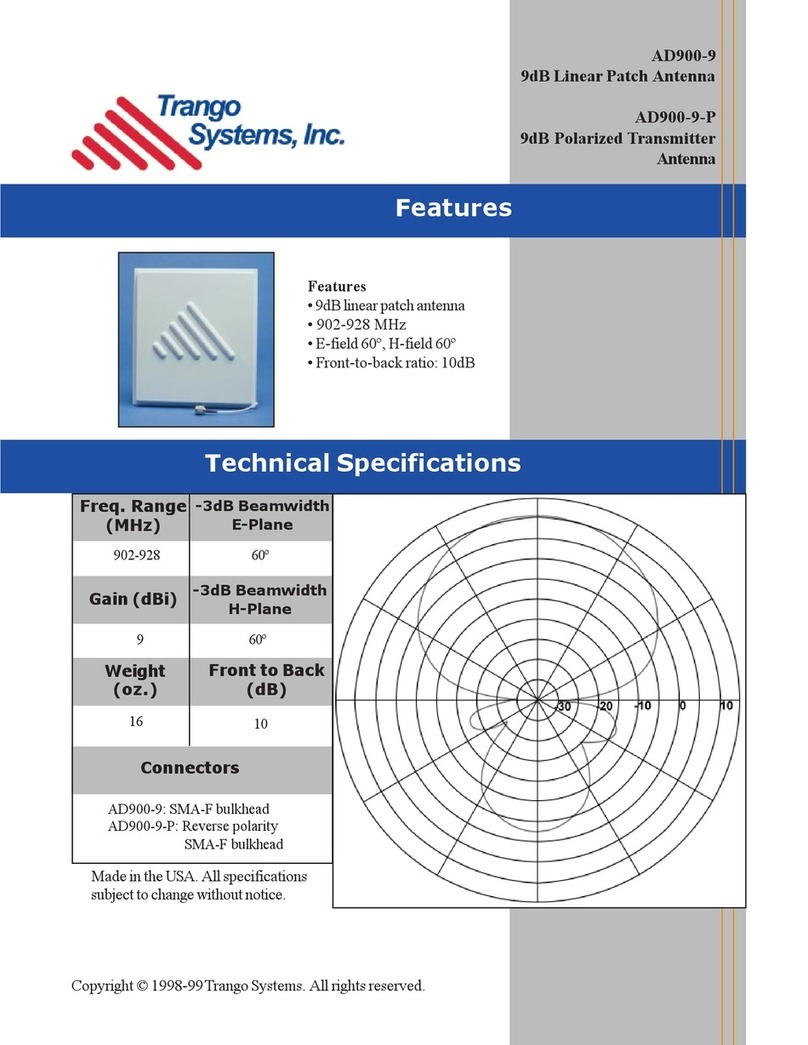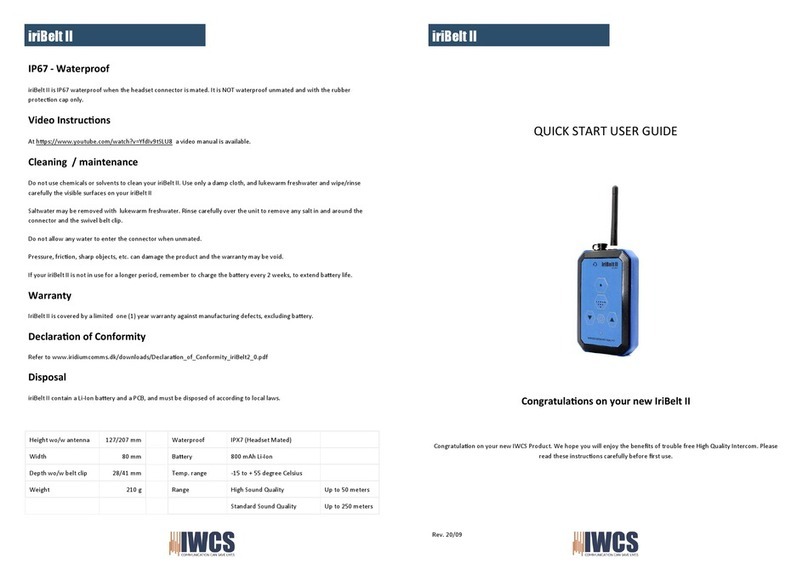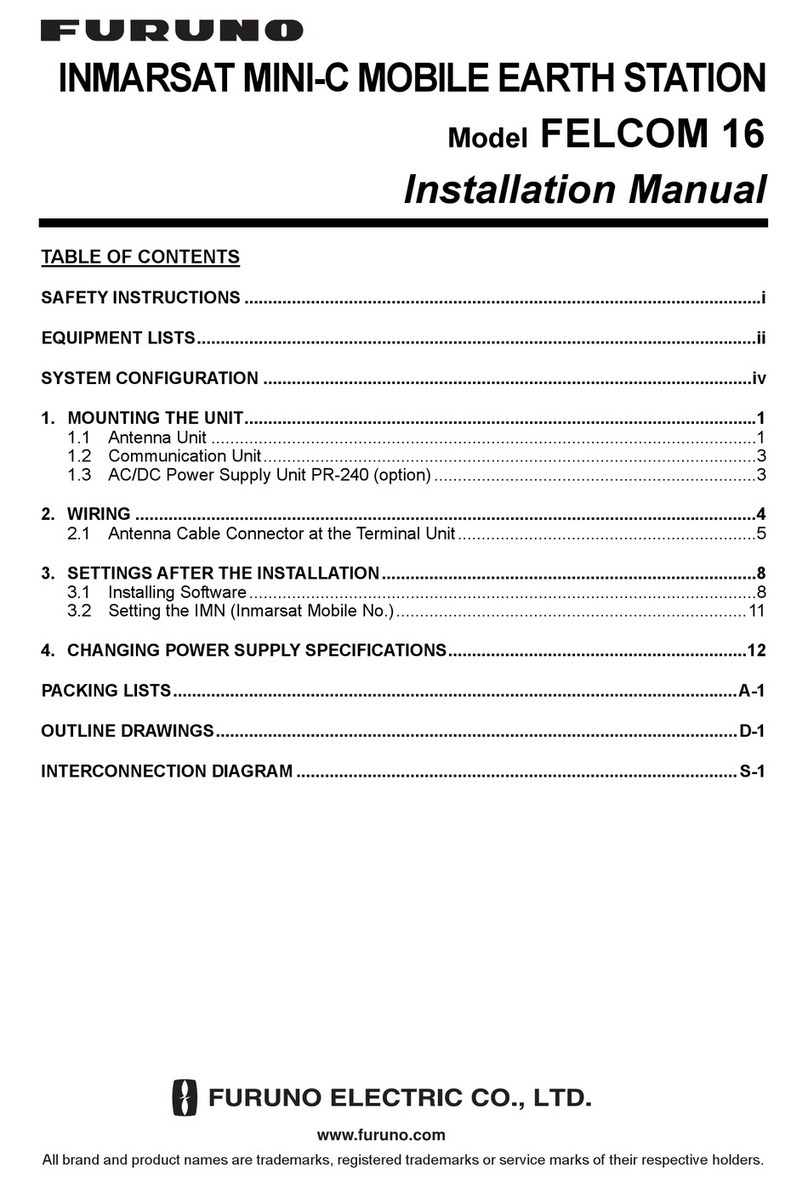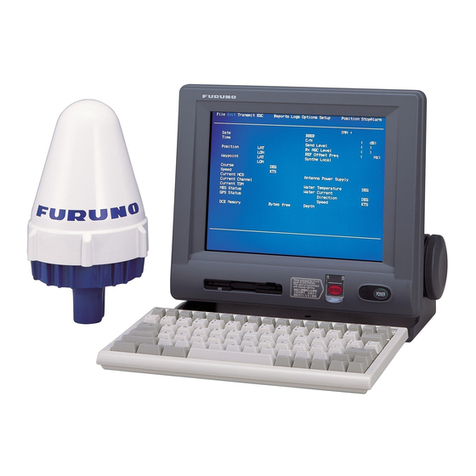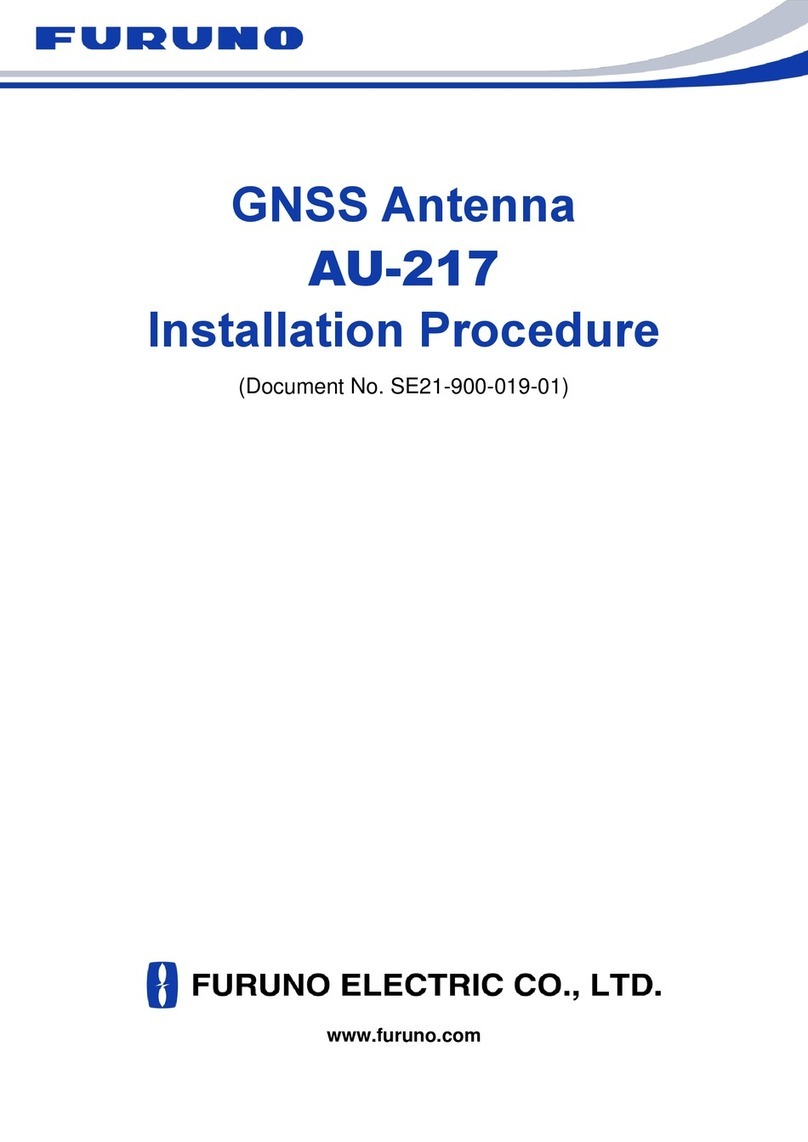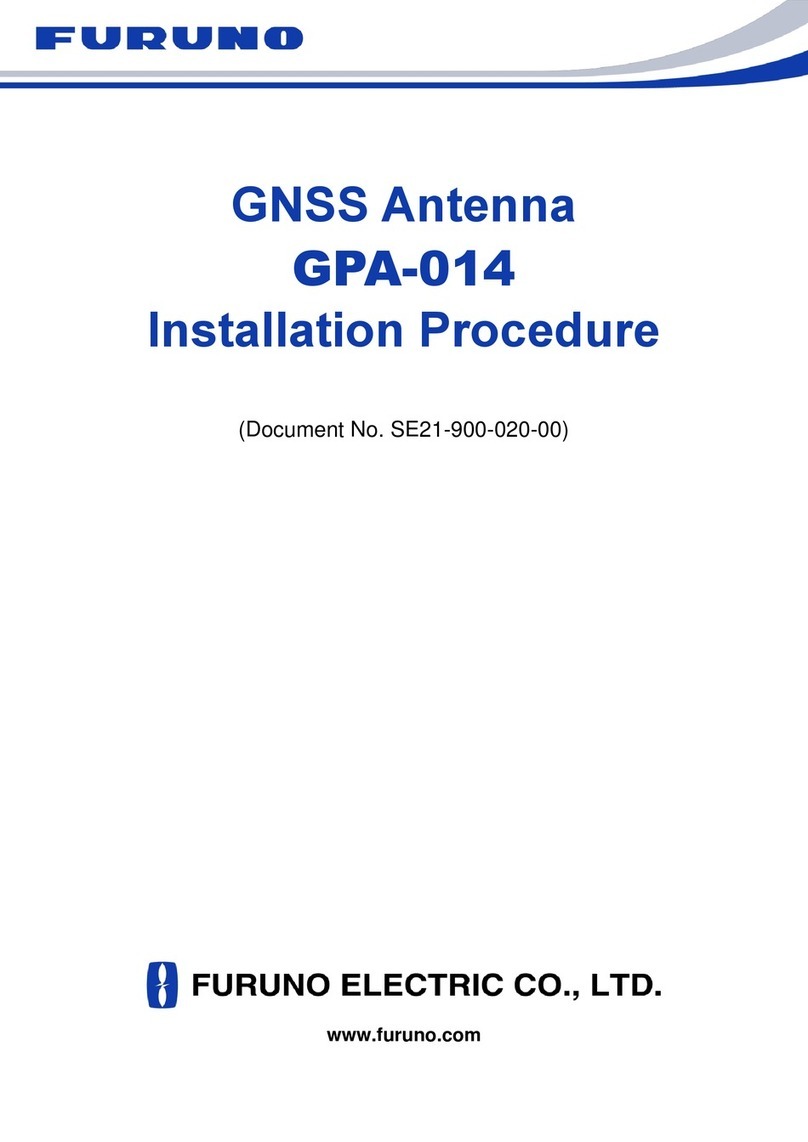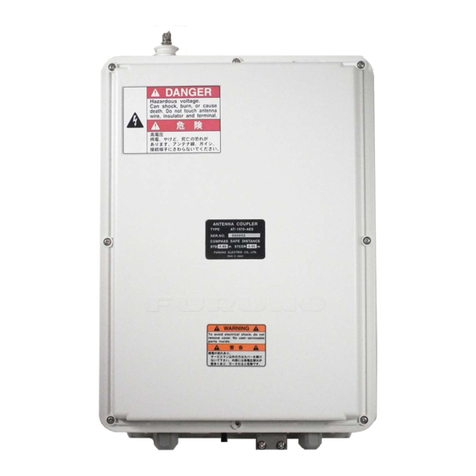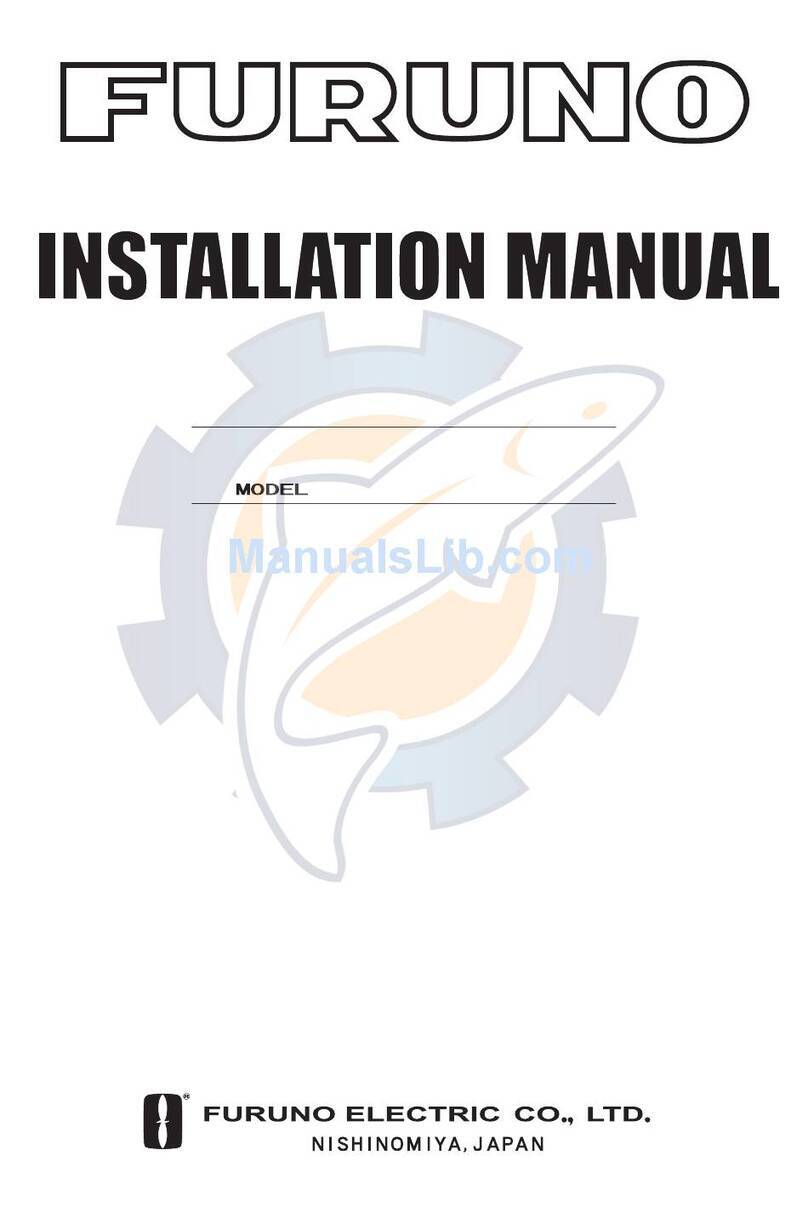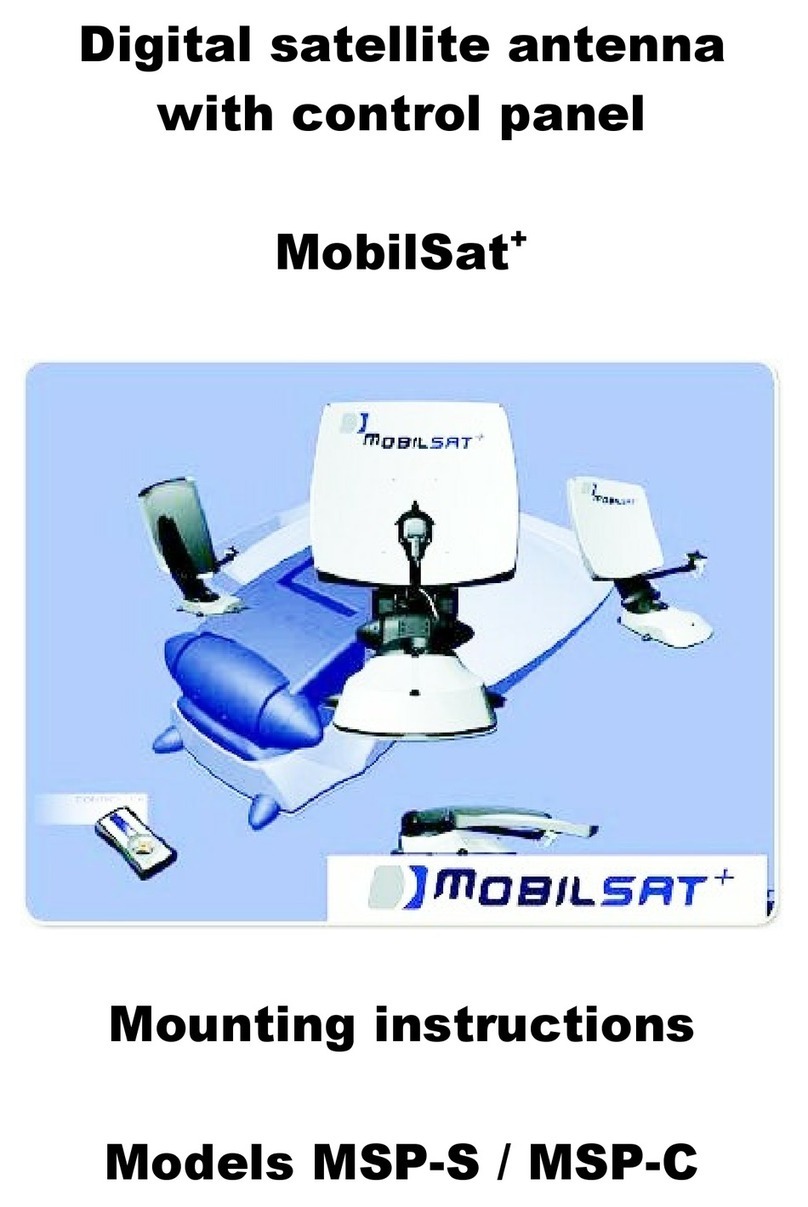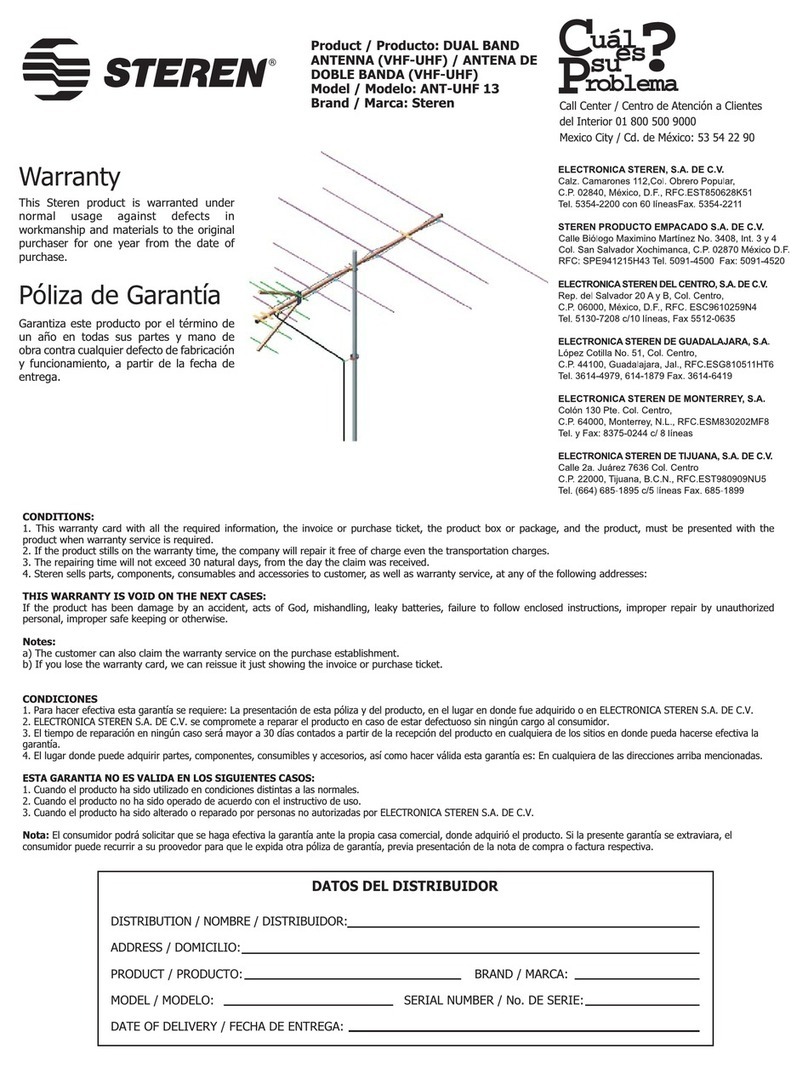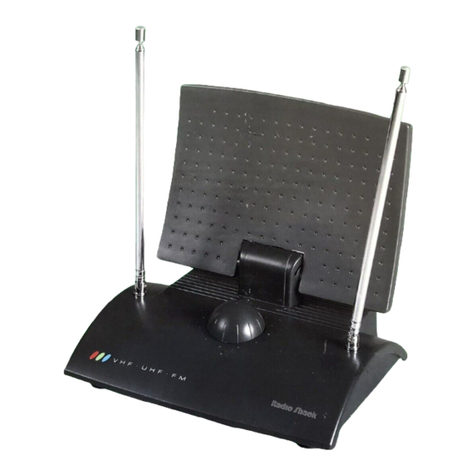
Table of Contents
vii
5.3 Configuration with the web interface ............................................... 5-16
5.3.1 Overview and dashboard .................................................................... 5-16
5.3.2 Modem profiles and satellite profiles ................................................. 5-22
5.3.3 To set up blocking zones (RX and TX) .............................................. 5-27
5.3.4 To configure the LAN network .......................................................... 5-29
5.3.5 E-mail setup ........................................................................................ 5-31
5.3.6 Reports, syslog and SNMP traps ........................................................ 5-32
5.3.7 Dual antenna mode (optional) ............................................................ 5-36
5.3.8 Upload of new software ...................................................................... 5-40
5.3.9 Administration .................................................................................... 5-40
5.4 Keypad and menus of the ACU ......................................................... 5-46
5.4.1 ACU display and keypad .................................................................... 5-46
5.4.2 Navigating the menus ......................................................................... 5-47
5.4.3 The menu tree ..................................................................................... 5-48
5.4.4 Adjusting brightness of the display .................................................... 5-51
5.4.5 Power cycle of the ACU and ADU .................................................... 5-52
5.5 SNMP support ..................................................................................... 5-53
Chapter 6 Installation check
6.1 Installation check list: Antenna ........................................................... 6-1
6.2 Installation check list: ACU, connectors and wiring ......................... 6-3
6.3 Installation check list: Functional test in harbor ............................... 6-5
Chapter 7 Service
7.1 Getting support: Helpdesk ................................................................... 7-1
7.1.1 Help desk and diagnostic report ........................................................... 7-1
7.2 Software update .................................................................................... 7-4
7.2.1 Hardware and software requirements ................................................... 7-4
7.2.2 Software update (ADU and ACU) ........................................................ 7-4
7.2.3 To verify the software update ............................................................... 7-6
7.3 Status signalling with LEDs and status messages .............................. 7-7
7.3.1 LEDs of the ADU modules .................................................................. 7-7
7.3.2 LEDs in the ACU ................................................................................. 7-8
7.4 Removal and replacement of the ACU ............................................... 7-8
7.5 Removal and replacement of ADU modules ...................................... 7-9
7.6 Troubleshooting .................................................................................. 7-12
7.6.1 Overview ............................................................................................ 7-12
7.6.2 Event list for troubleshooting ............................................................. 7-12
7.6.3 Diagnostics report for troubleshooting ............................................... 7-12
7.7 Returning units for repair ................................................................. 7-12
